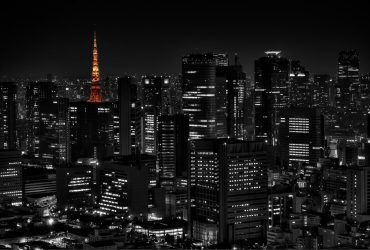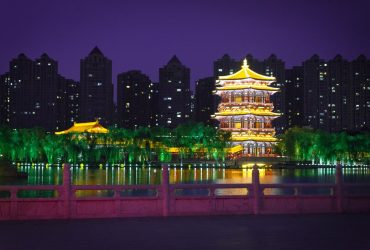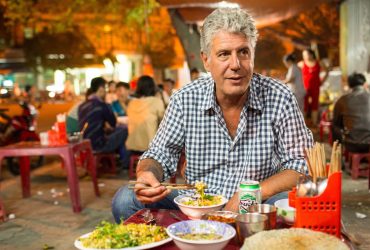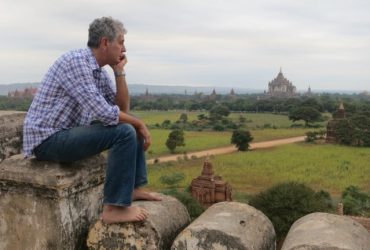Quick guide to first time travel to Vietnam (Updated 2018)
Along with Thailand, Vietnam is one of the two countries that almost everyone stops on their first trip to Southeast Asia. Most people have heard something about Vietnam via Hollywood, others know that there are mountain landscapes, rice plantations and beaches, excellent food, traditional markets, and exciting cities, but despite so much attraction, it is the most controversial country in the area.
Vietnam is not the most comfortable place to travel in the region. The continuous scams make the place infamous and frustrate many travelers, so it is essential that you go with a very relaxed mentality, and take everything with a pinch of salt. Everything will happen as part of the experience, just try to understand a bit of this complex country.
If you ask around you might find travelers with all sorts of experiences; that’s why, as we always say, the best thing is that you go and draw your own conclusions.
THE VIETNAM VISA MATTER
Vietnam will require a tourist visa obtained before-hand.
However, they have a visa-free on arrival for a number of countries. If I remember well, this visa waiver program is in effect until 2019, and it’s a valid tourist visa for 15 days.
Of course, this visa is available just for a number of countries. So the best approach is to find up to date information according to your nationality.
Generally, there are two options:
1- Take out the visa at a Vietnamese embassy/consulate in another country, such as Laos, Cambodia or Thailand. The price varies depending on where you apply, but around USD 40 – 50.
The validity of the visa is 30 days, but keep in mind that it starts running on the date you say at the time of application, and not once you enter Vietnam. That is, you cannot enter before that date you put, and if you go back later you will lose those days.
2- Make the online process (e-visa), with which you will save yourself from going personally. It is simpler and serves both to enter by the airport and by land. There are two different e-visa options. We explain all this in more detail in Visas and vaccinations to travel to Vietnam.
As I said before, If, for example, you have a Spanish or Italian passport, you can be in Vietnam for up to 15 days without the need to obtain a visa. The stay is not renewable, so if you want to stay longer, you have to apply for the tourist visa.
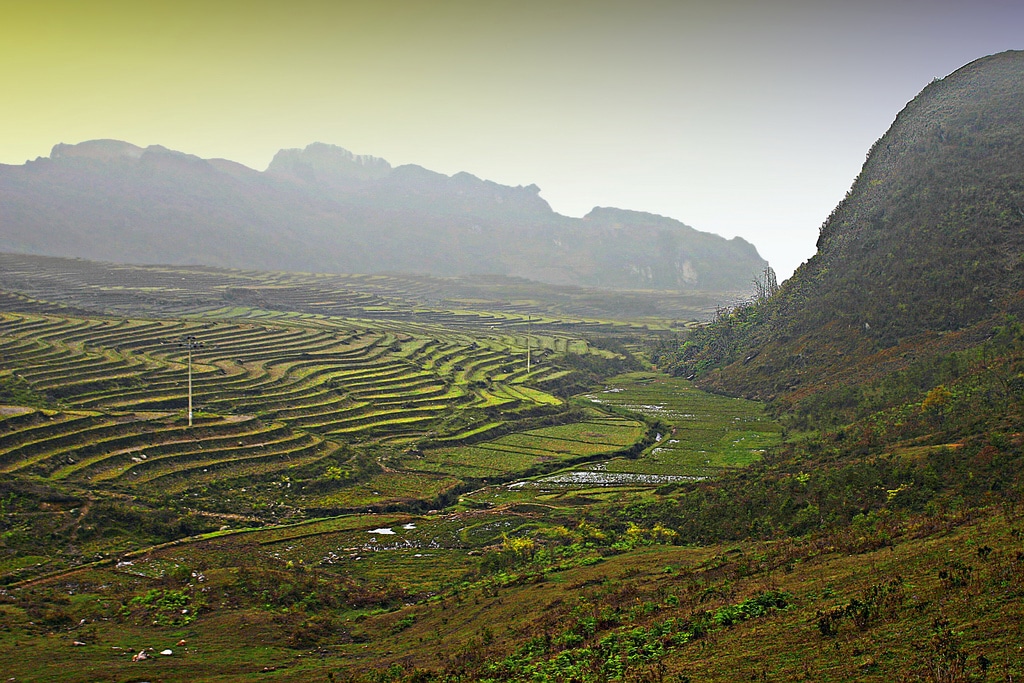
Lai-Chau occupy a large area at the northwest of VietNam, bordered on the south by Laos and China on the North.
SAFETY IN VIETNAM?
You will find no few people who get scared when you tell them that you are going to travel to Vietnam, thinking that after so many years of war it still cannot be a safe country. But decile on our part to remain calm, because the chances of being assaulted or want to unload with you as revenge for all the comrades who died during the war are less than minimal. Or just Zero.
I would advise being extra careful for robberies in two specific places: hostels and long-distance buses.
Vietnam is the country where I found the more cases of backpackers who entered the room to steal. This does not mean that it happens all the time, but it is necessary to know it and to take precautions.
Always bring the most important stuff with you, because there is a higher chance that someone gets into your room when it is empty versus being robbed in the street, especially in cheap hostels.
If you are staying in a dorm, even more so, because there is no control of who enters and leaves.
The same case is when you take buses. Carry your most essential things always with you. If you leave them unattended there is a certain chance someone will get curious about it.
Other than robberies, the biggest danger, and cause of most accidents, is the transit. In the street, there are no rules… neither on sidewalks, because motorcycles go where they want. The traffic chaos of Vietnam is even worse than in rural China. In some Chinese tier 1 and tier 2 cities, motorcycles have been banned for this kind of chaos. However, in Vietnam, the chaos is even worse.
As a pedestrian, mind that nobody cares. And it’s free for all traffic.
If you thought that after Bangkok or Phnom Penh you have already seen chaotic, wait to get to any big Vietnamese city. The first thing you will have to learn is to cross the street. The key is not to try to dodge the motorcycle riot that comes to pure frenzy, but to rely on your ability to being dodged. Move forward at a safe pace and they will avoid you, and if possible try to cross with other locals (This might save your life). The herd is always harder to hunt than the lonely zebra.
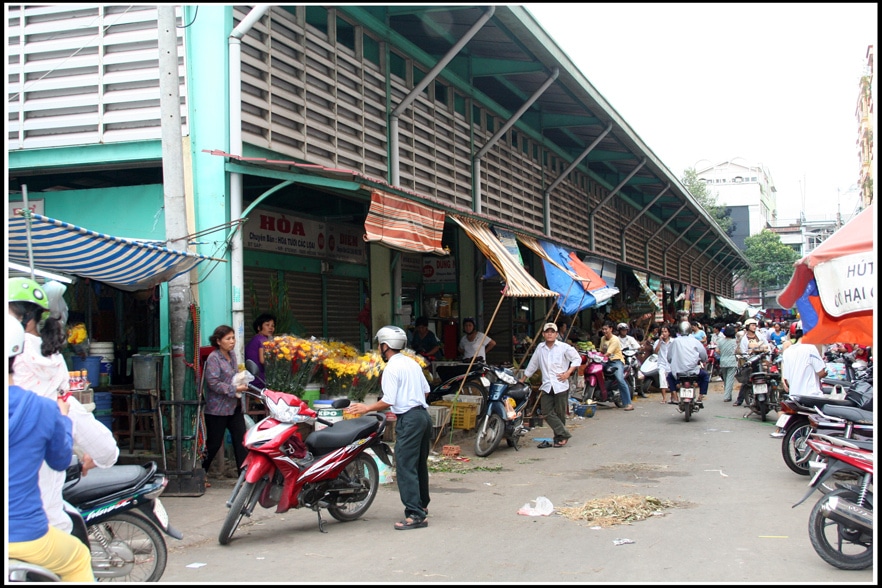
Traffic is the biggest danger in Vietnam by far. Or at least, that’s my take.
MAKING YOURSELF UNDERSTOOD
Vietnamese uses the Latin alphabet… And this is the great deception of the Vietnamese because it makes you believe that it will be easy but then it breaks your heart with its impossible tones.
Nevertheless, yes, it somewhat helps.
And all those little hats and firuletes on top? Well, those are the different tones and letters with different sounds, the ones that make the word that you thought you were reading really sound not at all similar to your pronunciation attempt. For example, the â is pronounced as an o and the ê is ey. The most “naaaa, you’re charging me!” The case is that of the national dish, the phở, that far from the “fó” you’re reading is pronounced like this:
The street-level of English is higher than in Laos, Thailand and most of Cambodia, but do not expect to do everything English because most of the time you will be left with no answers. As in almost all of Asia, English is taught in schools, but with much more emphasis on grammar than on the oral and comprehension level.
Learning some words is always a good way to get better with locals, and necessary if you are going to leave the most common route:
- Hi: Xin Chao
- Hello (informal): Chao
- Thanks: Gam uhn (the uh has a guttural sound)
- Thank you very much: Gam uhn shat niú
- You’re welcome: Kong go chí
- How are you ?: Ya kwé kong?
- Well, thank you: Ya kwé
- Chau: chow
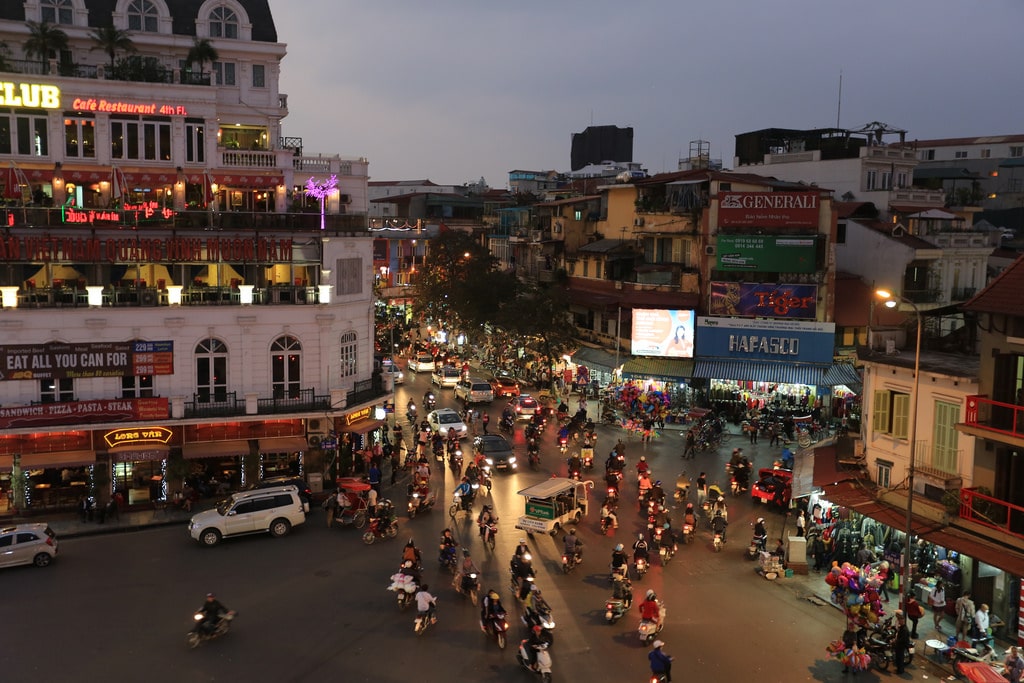
Hanoi bustling.
COST AND CHANGE
The currency of Vietnam is the Dong. The approximate change is USD 1 = VND 23,000 Updated VND to USD change can be checked live here.
Save yourself some Dong if you want to take the face of the great Ho Chi Minh as a souvenir, but the best thing you can do is change all that you have before leaving Vietnam. Outside of Vietnam, it will be difficult to change them, except in bordering cities or in some borders where a battalion will come running to attack you (I knew the change well because if you don’t, they will cheat you). We got enough to China and just in an international exchange house in Beijing we could get rid of them, and a change not very convenient.
Something very mysterious about Vietnam is that while switching from dollars to dong is a give and take, the other way around is a much more bureaucratic process. They will ask for a passport and fill out a form explaining why you want to change them and what your next destination is.
Hotel prices are often in dollars, and you can pay with both these and in dongs. When you go to change, you should use the dollars/euros bills of 50 and 100 since they have a better rate than the smaller ones. In addition to the official banks and exchange houses, many gold buying and selling businesses also operate here, usually at the same price or sometimes a little better. In hotel/guest-house that you are staying, they will also change you, but usually at a lower rate.
ATMs are in all cities and resorts. The transaction limit goes from VND 2 to 10 million and they charge a surcharge of between VND 20 and 50 thousand for each time you take out. If you find them, go straight to those of Citibank, Techcombank, and EXIMBANK that do not charge any surcharge, and avoid the “backpacker killer” HSBC because he stabs your dagger in the back.
Vietnam is one of the cheapest countries in Southeast Asia, only a little more expensive than Thailand.
A basic double room will cost between USD 6 and 10, although prices go up in Hanoi, Hoi An and Ho Chi Minh.
Food is a great pleasure here, for price and quality. For less than USD 1 you will be able to eat a good plate of rice with some accompaniment in the places where the premises stop, but the prices go up a lot if you go to those who have the menu in English. In many, green tea is also free so you can drink until your bladder is over.
And if we talk about drinking, Vietnam has two main pillars: the best coffee and the cheapest beer we have paid for.
The ca phé is a true elixir that you will be able to venerate in cafés across the country for about VND 20,000 (do not forget to try the coffee with egg in Hanoi!). And beer cannot be asked for more for the price; for VND 3000 (USD 0.14) you will have a glass of beer lying in the bia hoi, sitting in a plastic chair while analyzing the street chaos.
Bargaining is essential to travel through Vietnam too. As we told you, tourist scams are so common that it is very difficult to know if you are paying a reasonable price.
If you’re going to buy souvenirs since you have to bargain, and a lot. In accommodation, you can also get a dollar drop or more in low season.
The same in the transport, especially if you take a motorbike inside the cities (it confirms well the price before going up because it is common that upon arrival they ask for more). But this does not end here as in other countries, but in Vietnam many times even in the food they will try to get you some extra dong, both in the stalls of places where they have no mark price and in restaurants that have an English menu with price for tourists and other in Vietnamese with the real price.
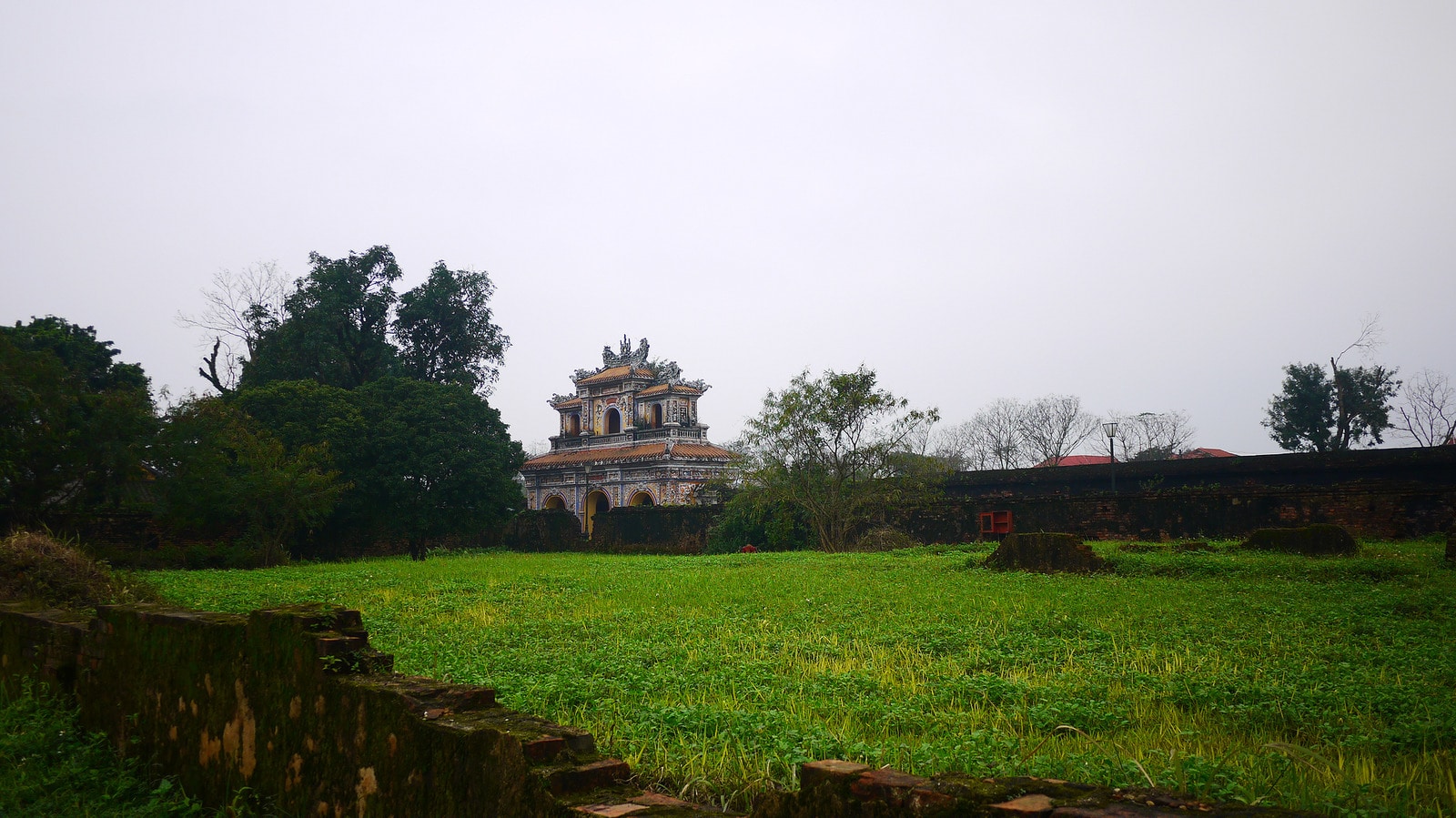
Hue. Vietnam.
WEATHER IN VIETNAM FOR TOURISTS
The climate in Vietnam is divided into three very distinct zones:
In the northern part (Hanoi, Sapa) the rainy season goes from May to September. This is one of the areas in all of Southeast Asia where it can be colder, even snowing in the mountain villages. If you go during January and February, take shelter.
In the center of Vietnam (Hoi An, Hue) when it rains most is between October and the beginning of December. Especially in Hue, it rains more than in almost the rest of the country.
The south (Ho Chi Minh) has more rains from June to the beginning of November.
In general, the ideal time to travel through Vietnam is between December and the beginning of April, when it is not so hot and it rains less. Anyway, it’s not for you to worry if you go in another time, because there is no season so bad to change plans.
More details of the weather in the Southeast in What is the best time to travel to Southeast Asia.
FESTIVALS
- Tet (Lunar New Year): the most important celebration of the year is given for a week beginning between the end of January and the beginning of February. The celebrations are mainly in the family, but you will see a lot of parties in the streets and more activity than normal in the temples. It is a time when the ninety million Vietnamese are moving, plus several million returning from abroad to visit relatives. As you can imagine, the traffic is even more chaotic than the madness that is normally already.
- Buddha’s birthday: Buddha’s birthday and nirvana are celebrated at the beginning of May. The best thing is in the temples, which they decorate especially and fill with offerings. There are also parades on the streets, but not on the scale of Tet and Trung Thu. Although it is mainly to please tourists, in the main street of the old part of Hoi An there is a fairly large parade in the afternoon.
- Trung Thu (Mid-Autumn Festival): the biggest party after Tet falls in the middle of September / beginning of October, and it is the date that all children expect when they receive gifts, sweets, and all the attention. You will see paper lamps hanging on the doors of houses, streets and temples, parades, dragon dances, fireworks and lots of colors. One of the best places to see it is in Hoi An.
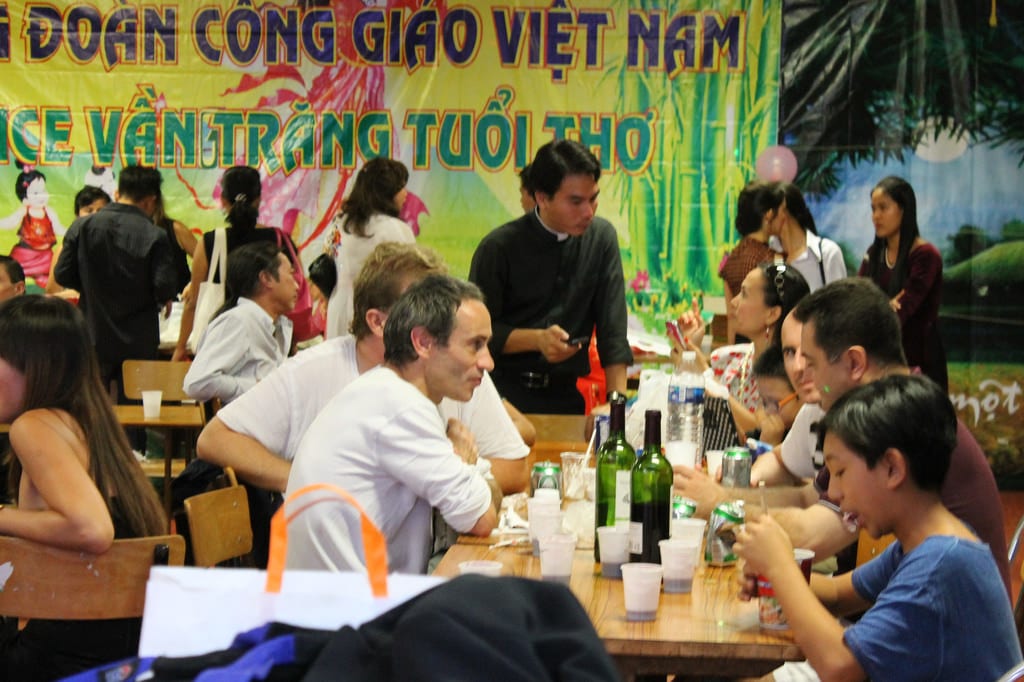
RECOMMENDED TRIP ROUTE IN VIETNAM
Starting from the south, the three destinations that almost everybody stops while visiting on their first trip:
- Ho Chi Minh, the largest city in Vietnam and from where it goes to the Cu Chi Tunnels (underground network where Viet Cong troops were hiding during the war).
- Hoi An, famous for its historic quarter with colonial architecture and tailor-made tailoring shops.
- Hanoi, capital of the country and from where the tours to Halong Bay leave.
On the way between Ho Chi Minh and Hanoi, there are two other very popular destinations:
- Hue, where the old Imperial Citadel is.
- Nha Trang, a city with beaches but not even close to those of other Southeast countries. The opinion is very personal, but for our taste, the time can be better used in other places.
Sa Pa is another place with a backpacking magnet. When we went we had two days of rain and fog, so we could not see almost anything of the famous mountains and rice plantations. The atmosphere of these places so exploited touristically is not the one we like, but your experience may be very different from ours.
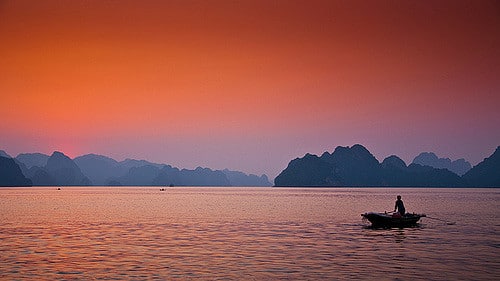
Ha Long Bay will be a must watch. Deservedly so.
SOME HOTEL PICKS
Even I don’t recommend spending a lot in Vietnam hotels. They are very cheap and splurging is possible. This is some of my favorites and you can’t go wrong:
- Ho Chi Minh: Dragon palace II. 3 stars for 30$,
- Nha Trang: Starcity Nha Trang Hotel. 5* for 70$. I got a heavy discount on this hotel and I loved every second of it.
- Hue: EMM Hotel Hue. 4* for 30$. Hue was a brutal bang for the buck and I extended my stay there.
For more Vietnam hotels I recommend Agoda here, they consistently have the best prices.
CONCLUSION
As we said before, in Vietnam it seems fundamental to leave the beaten path, and the “backpacker” circuit, and enjoy a completely different face. You may not find it to be a perfect destination, but the smiling people there will make a difference for you.
Some travelers rent a motorbike to travel the country. And is a good plan to get away from the cities, and spend time traveling the rural areas to which few go. If this is your idea, do not forget to read a guide to travel by motorcycle through Vietnam, where you will find all the logistical and safety recommendations.
